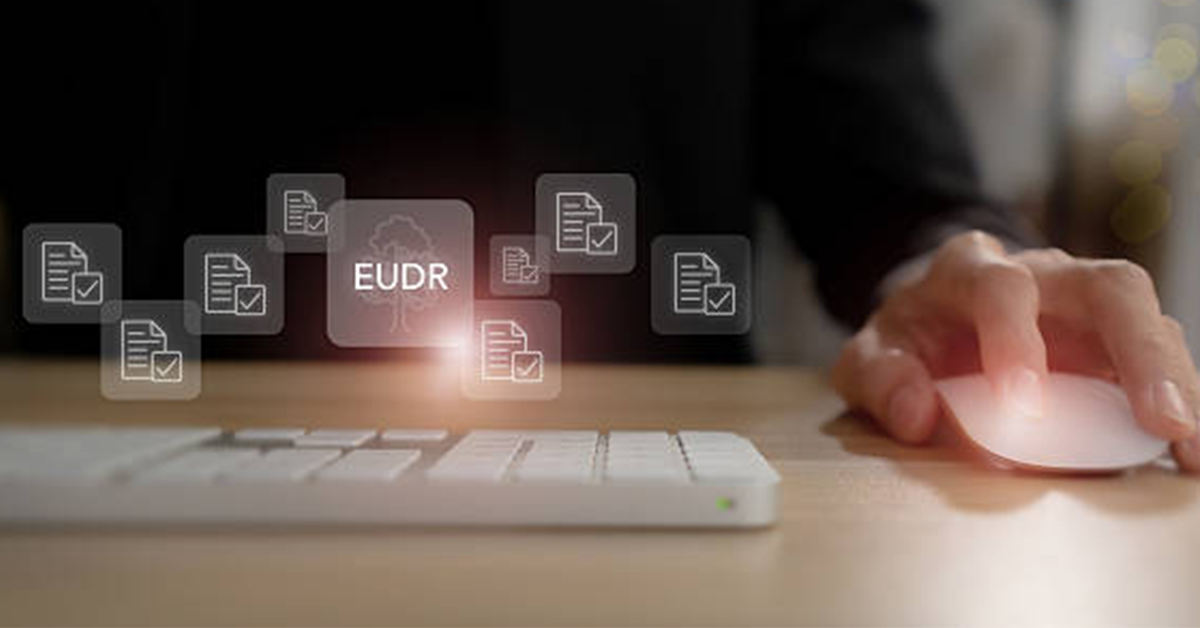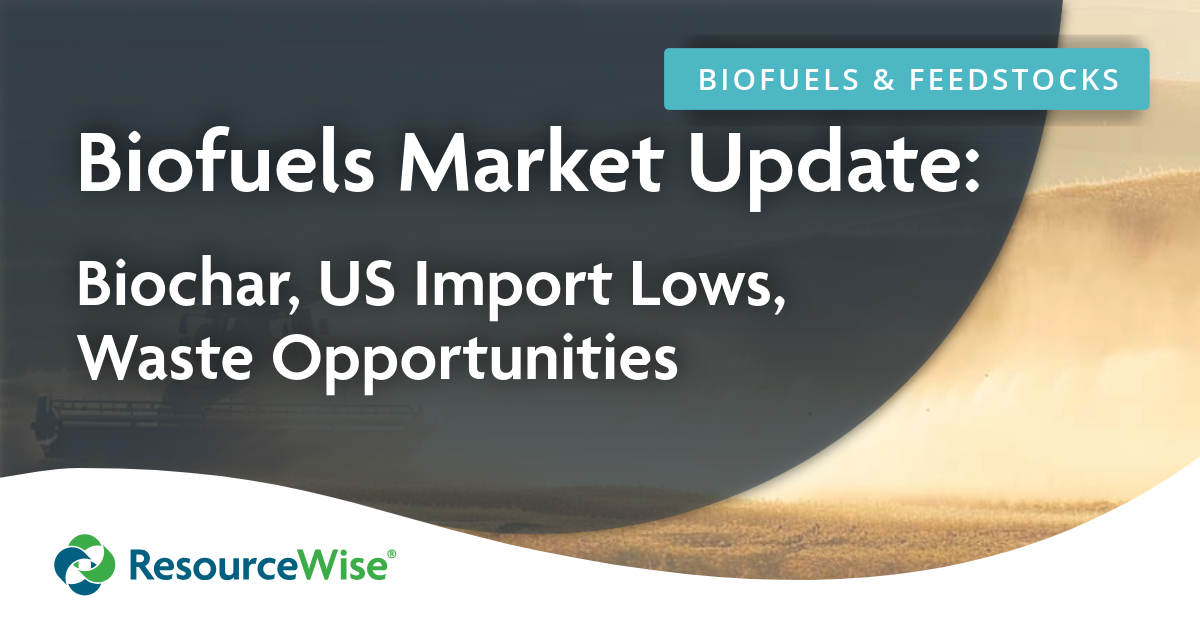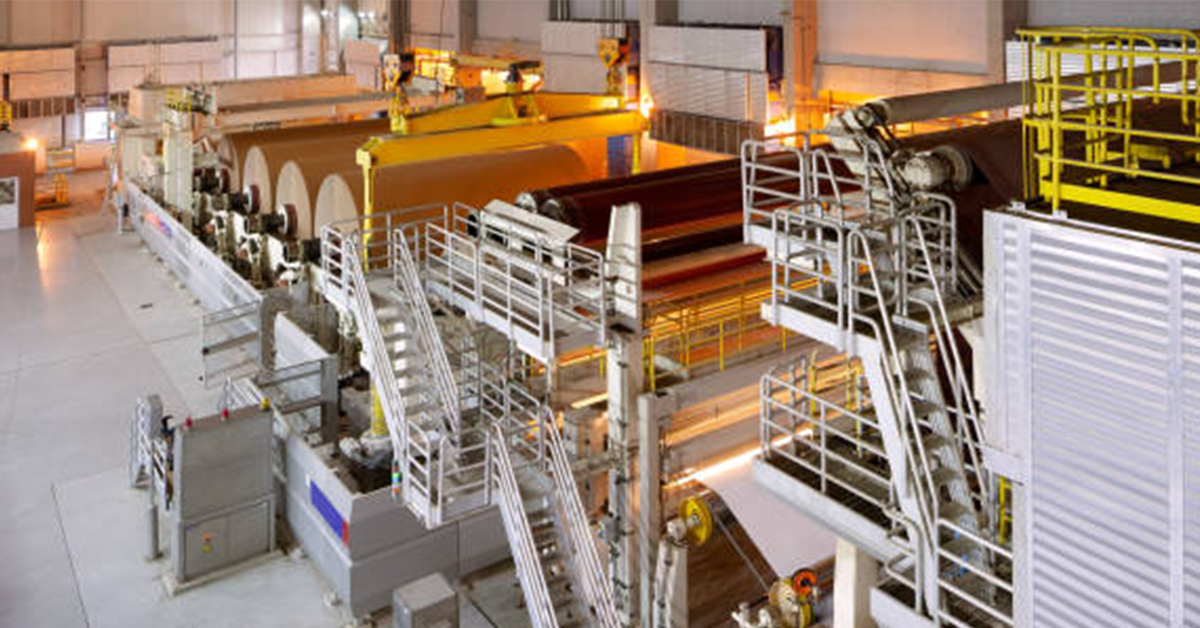2 min read
Going Beyond Compliance: How EUDR Gives US Producers a Competitive Edge
ResourceWise
:
Oct 2, 2025 3:24:46 PM

When the European Union’s Deforestation Regulation (EUDR) was first announced, many US timber, pulp, and paper producers saw it as another layer of red tape. But the reality is clear: EUDR isn’t just about compliance. It’s about competitiveness, resilience, and future-proofing your business in a marketplace where transparency is rapidly becoming the currency of trust.
Rather than treating the regulation as a burden, US producers can leverage EUDR as a decisive advantage.
The Economic Reality
US pulp and paper mills are under pressure. In 2025 alone, six mills have shuttered, weakening wood fiber markets and devastating rural communities reliant on forestry jobs. Meanwhile, competition from Asia—particularly China’s expansion into virgin carton board and containerboard—continues to intensify. Much of that supply chain still depends on unsustainable logging in countries such as Vietnam and Cambodia, leaving it vulnerable under EUDR scrutiny.
For US producers, the message is simple: without access to the EU market, critical revenue streams are at risk. Compliance isn’t just about avoiding fines or keeping shipments moving—it’s about safeguarding the lifeline that keeps operations viable.
Transparency as a Market Differentiator
EUDR compliance is more than survival—it’s a chance to stand out. Today’s global buyers, including some of the world’s most influential brands, are closely examining their supply chains. With consumer pressure high and satellite monitoring making greenwashing nearly impossible, these companies cannot afford to source from suppliers with questionable practices.
Here lies the opportunity for US producers. By demonstrating verifiable, deforestation-free sourcing, they can position themselves as trusted partners for sustainability-driven brands. In this environment, transparency is not just a checkbox—it’s a competitive edge.
Dispelling the Myths Around EUDR
Resistance to EUDR often comes from persistent misconceptions:
- Myth: Plot-level geolocation data is impossible in vast US forests.
Fact: With satellite imagery, mobile data apps, and platforms like Global Forest Watch, traceability is entirely achievable.
- Myth: Compliance will impose crippling costs.
Fact: EUDR is risk-based and proportionate. Digital solutions automate data collection and reporting, reducing overhead and avoiding penalties that would far outweigh compliance costs.
- Myth: Certifications like FSC or SFI are enough.
Fact: Certifications support sustainability claims, but they do not replace the need for geolocation data and risk assessments.
The bottom line: compliance is feasible, affordable, and—done strategically—transformative.
Forest Trackt: Turning Compliance Into Advantage
Meeting EUDR requirements doesn’t have to overwhelm producers. Forest Trackt was built to make compliance both manageable and strategic, enabling producers to shift from a defensive posture to a growth mindset.
- End-to-end visibility: Track raw materials from harvest through finished product.
- Efficiency: Real-time compliance alerts and seamless EU customs integration prevent costly delays.
- Future-readiness: Integration with certifications and carbon market requirements ensures producers stay ahead of evolving standards.
With the right tools, EUDR becomes less a hurdle and more a springboard.
The Strategic Mindset
For US timber, pulp, and paper producers, EUDR is not simply about meeting regulatory requirements. It’s an opportunity to secure EU market access, differentiate against competitors reliant on unsustainable practices, and position for future growth in carbon credits, bioenergy, and sustainable aviation fuels.
The real question isn’t whether producers can afford to comply—it’s whether they can afford not to.





